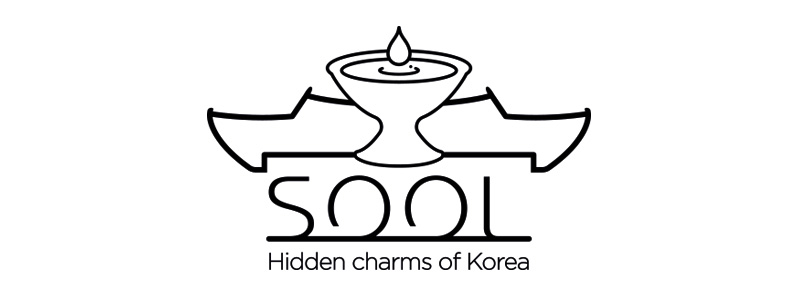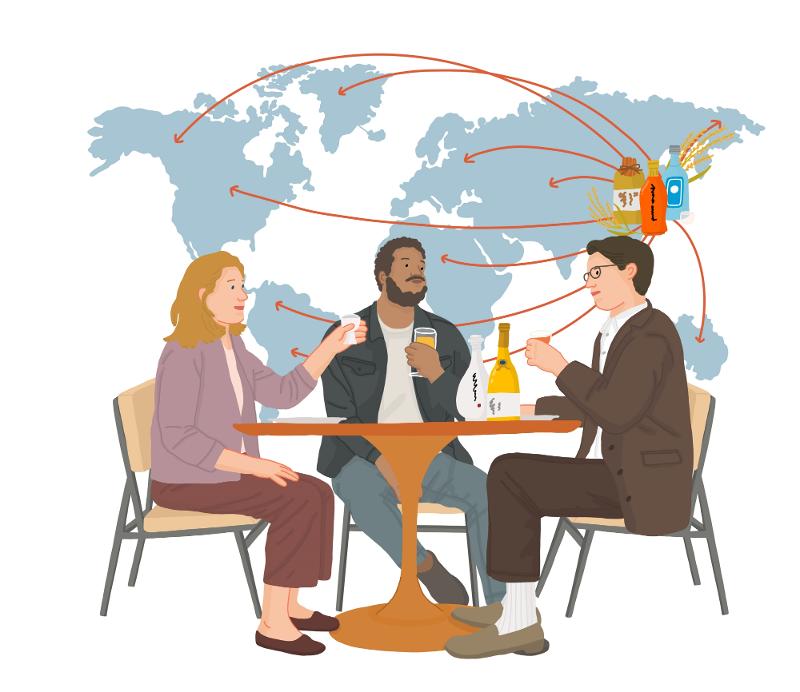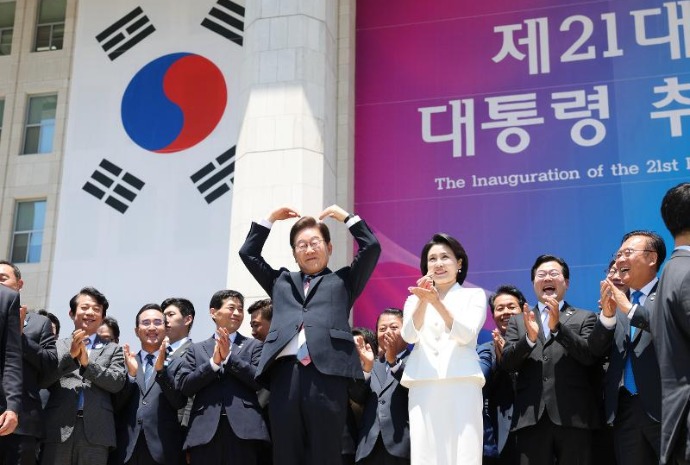

By Ryoo Insu
Director of Korean Liquor Research Lab
The global alcoholic beverage market is rapidly changing. A look at common trends shows that the first is the rise in the number of people drinking sool at home alone. The second is higher online purchases of booze and the third is growth of craft products made at small breweries. The beginning of these changes depend on the culture of enjoying such drinks, with COVID-19 accelerating such shifts. The explosive growth in the number of people drinking at home has greatly impacted the liquor market.
The slowdown of the dining industry due to the coronavirus caused fewer people to drink with others and more to booze at home. As the population of home drinkers grows, more are growing interested in "new," "special" and "differentiated" sool over drinks more easily available. These types of drinks are hard to find at convenience stores or hypermarkets, and people look for them online to find "special sool" to enjoy alone, fueling higher sales of such drinks through cyberspace.
The growth of online sales of booze has spurred many changes. The distribution structure of alcoholic drinks had been limited to sales at easily accessible places but a range of sool produced nationwide can be bought online. This shows that anyone who makes distinctive drinks anywhere can sell them online. Such trends are the key to solving the distribution problems of smaller breweries like lack of sales network.
Korea is no exception to these changes. A report on domestic market trends found that 59.9% of those drinking domestic booze last year did so at home, up from 43.8% in 2018, while 32.9% consumed such drinks at restaurants, down from 45.5%. This means that more people are buying online domestic sool unavailable at convenience stores or hypermarkets.
Another major change is the rise of women on the brewing scene. In the past, most breweries were run by men to make sool but more women have become entrepreneurs in this field led by the growth of female drinkers. The Korea Disease Control and Prevention Agency said the proportion of women who drank in 2010 was 43.3% and 51.2% in 2018, while that of men declined from 77.8% to 70.5%. The number of male drinkers is falling while that of female drinkers is rising, prompting more women to get into the brewing game using their knowledge of what women want to make unique versions of domestic drinks considerably different from the mainstays on the market. This is a highly encouraging trend.
These changes have begun to change Korean views on booze. In the past, sool was deemed suitable only for adults but is now the country's hippest things for the MZ (millennials and Generation Z) crowd. Many new products pop up daily on social media. Those who try new drinks get to try new products faster than others and share their reviews and purchases on their social media, which boosts interests and drink sales to revive the overall liquor market.
Korean booze is made of agricultural products produced from regions with breweries, a win-win situation for both farmers and breweries. Quality ingredients produced from regions are used in the brewing process. Flowers or fruits are also used to make "regional specialty" drinks. These regional characteristics upgrade the value of the drinks and create a "premium" image. Despite relatively high prices, these valuable drinks are getting customers, who once had to drink cheap and more popular drinks, to open their wallets and expanding the premium booze market.
Overall sales of Japanese sake and French wine in their domestic markets are decreasing but premium editions of both drinks have seen revenue grow. Traditional Korean alcoholic beverages have seen stagnant or decreasing sales overall but those of premium takju (cloudy alcoholic drinks), yakju (clear liquor) and soju are surging, a phenomenon that has had the biggest impact on drinking culture along with personal income.
Over the last 30 years, alcoholic drink consumption per capita has remained almost the same at 8.5 l but average income has continued to grow. This means that income keeps rising while booze consumption has remained largely still, spurring the growth of the premium sool market in which drinks of high value are preferred over popular and low-priced versions.
Tradition is the future, not the past, and does not remain the same but develops. Korean drinks, once considered old fashioned, are now beverages enjoyed by the younger generation. Once seen as a means to ease the pain of hard labor, sool is now seeing development as a fermentation sector that uses cutting-edge information technology. Smaller breweries have research labs despite smaller space and concentrate on quality management.
Traditional booze used to be used only as holiday gifts but Koreans are now promoting such products on social media and for sale. Recently, alcoholic drinks made by famous celebrities have earned a lot of interest as sool is getting more known by the younger generation, which knew little about it before.
The growing number of people who drink at home has directly boosted sales of craft products, which will encourage brewers to produce a wider range of products and invigorate the industry. Focus is needed on developing the "super premium of premium" products rather than popular drinks. For example, "super premium quality" makgeolli (milky rice wine) is available for KRW 190,000 per bottle, when it used to be KRW 1,000 to KRW 2,000. The rise of home drinking and female consumers have also fueled a wider variety of products featuring low alcohol and water content.
The future of the Korean market is not mass-produced booze but small-scale output that leads to a fast-growing niche of higher-priced premium drinks. Drink packaging must differentiate "new" from "familiar" drinks as consumers are more interested in the new. Thus the key is to develop new products different from conventional ones and inform customers of the value of traditional sool through promotional activities through social media. For example, offline tasting events allow people to sample drinks and spread the word to raise the value of sool. As more Korean drinks are sold online, this requires a wider digital sales network and the adoption of sool subscription services. This will raise the brand value of sool and increase sales, which in turn will stimulate exports of sool, which could win over people around the world.

Since 2010, Ryoo Insu has led the Korean Liquor Research Lab. He also judges traditional drink competitions.
Illustrated by Kang Sujung
Translated by Korea.net staff writer Yoon Sojung
